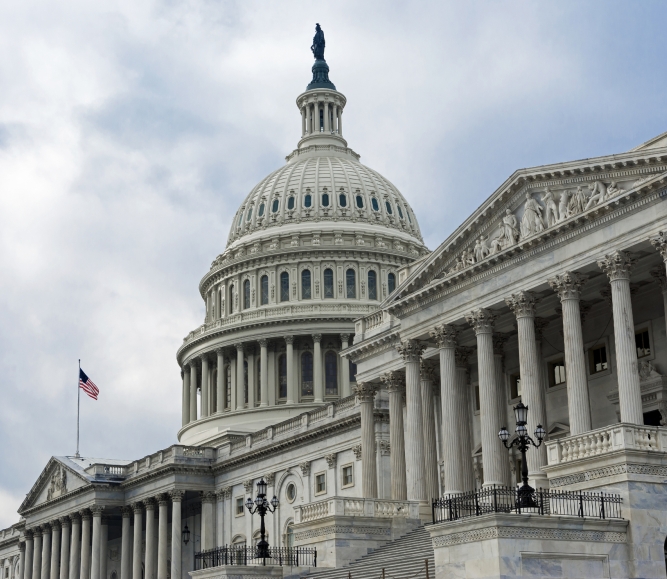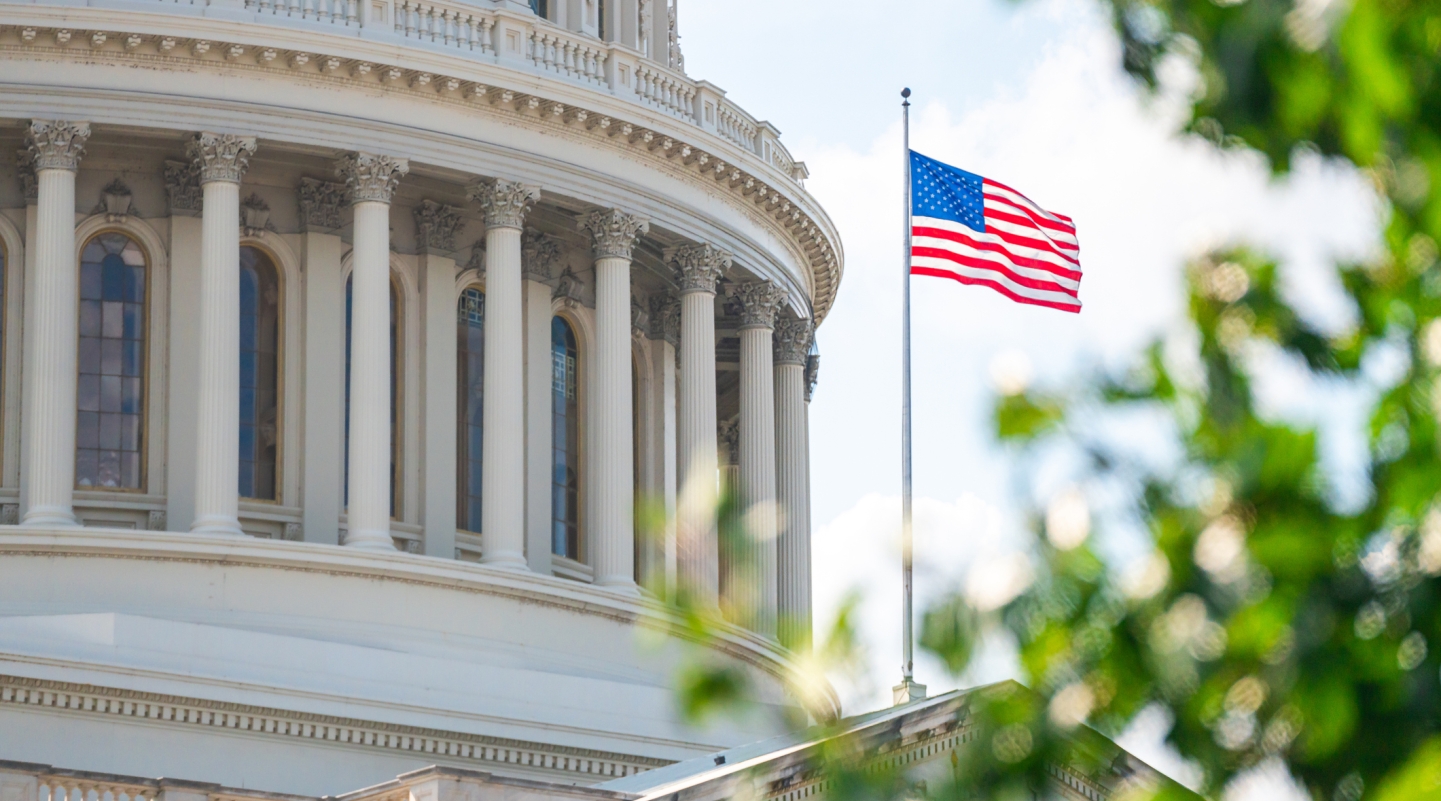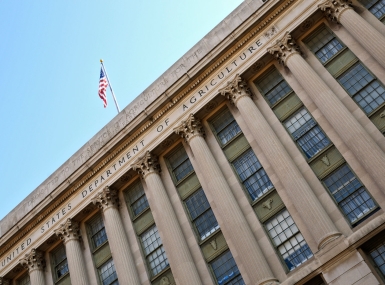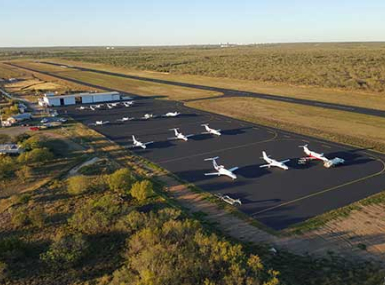Federal Government Shutdown Resource Hub

Upcoming Events
Related News
Explore how the FY2026 federal government shutdown is disrupting county services nationwide, and access tools, data, and advocacy resources to help counties sustain essential programs and share their local impacts with Congress.
Update | Nov. 12, 2025
Congress votes to end longest federal government shutdown in history
On Nov. 12, the president signed into law a Continuing Resolution and funding package (CR) to end the shutdown of the federal government that began Oct. 1. The CR, which passed out of the U.S. Senate on Nov. 10 and the U.S. House of Representatives on Nov. 12, includes full year Fiscal Year (FY) 2026 funding for three of the twelve appropriations bills, and provides extensions of key agriculture, health, and other programs that expired at the end of FY 2025.

Jump to Section
How We Got Here
Congress has not enacted appropriations for Fiscal Year (FY) 2026, resulting in a shutdown of the federal government. Essential services continue to operate, but many federal programs counties administer or rely on — including nutrition, health, and emergency response programs — are facing funding disruptions or staffing shortages.
Counties are on the frontlines of service delivery. When federal funding stops, counties must often use our own local resources to keep essential programs running, including public health, social services, and emergency management — with uncertainty about when or if federal reimbursements will be made once the government reopens.
Key Impacts on Counties
This section provides a high-level summary of affected programs and systems, with links to deeper NACo analysis.
- FEMA: While FEMA can continue to obligate and spend funds from the Disaster Relief Fund, counties should anticipate delays in reimbursement for ongoing or pending projects, particularly those tied to longer-term recovery and mitigation.
- Public Safety: The U.S. Department of Homeland Security (DHS) is unable to process new grant applications during the shutdown, creating fiscal uncertainty for counties working to sustain critical emergency management and public safety services.
- Forest Service: Limited staffing and suspended non-essential operations within the U.S. Forest Service may hinder wildfire response coordination, prevention efforts, and forest health programs.
- Cybersecurity: The State and Local Cybersecurity Grant Program expired on September 30, 2025, resulting in a lapse in new federal resources for counties to strengthen cyber resilience and protect local infrastructure.
- Special Supplement Nutrition Program for Women, Infants, and Children (WIC): Funding was expected to lapse in October; however, the U.S. Department of Agriculture (USDA) reallocated $300 million from the Child Nutrition budget account, allowing operations to continue through approximately November 1. On October 24, NACo, along with 44 other national organizations, signed on to a letter to the White House calling for additional emergency funding. Without additional action from USDA or Congress, states and counties administering WIC will face benefit interruptions thereafter.
- SNAP: On October 10, USDA’s Food and Nutrition Service (FNS) indicated that current appropriations are insufficient to cover full November benefits and directed states to pause processing November issuances pending further guidance. Although a SNAP contingency fund exists, it is estimated to contain about $6 billion, which is less than the roughly $8 billion needed to cover one month of SNAP benefits. On October 24, FNS released a memo stating that they will not use the SNAP contingency fund towards November benefits. If the government shutdown continues beyond November 1, counties will experience program disruptions and increased demand on other local food assistance resources. For the latest, read NACo's blog on actions taken around SNAP in November.
- Community Health Centers: Funding for Community Health Centers (CHCs) — drawn from both annual appropriations and the Community Health Center Fund (CHCF) – expired on September 30. The Health Resources and Services Administration (HRSA) reports that limited mandatory funds remain available to sustain operations temporarily. A prolonged shutdown, however, could result in reduced capacity and service interruptions in county and community-based clinics.
- Behavioral Health: Most Substance Abuse and Mental Health Services Administration (SAMHSA) programs — including 988 Suicide and Crisis Lifeline, State Opioid Response, and Mental Health and Substance Use Block Grants — are continuing operations using prior-year funds. Nonetheless, an extended shutdown could delay future grant cycles, create staffing uncertainty, and disrupt coordination for counties administering behavioral health and crisis services.
Learn More: NACo’s Federal Government Shutdown FAQ Page
Advocacy Tools for County Leaders
Talking Points
- Counties are calling on the President and Congress to act swiftly and responsibly to fully reopen the federal government and restore the reliability county governments need to serve our residents effectively.
- Strong, predictable intergovernmental partnerships are key to sustaining programs and services for county residents.
- The ongoing government shutdown threatens to disrupt the consistent, reliable flow of resources and the important relationships we maintain with federal officials on the ground.
- While county governments continue to generate over two-thirds of our own revenue to provide services to residents, counties also receive $62 billion in intergovernmental revenue from the federal government.
- From ensuring our residents’ day-to-day safety, to undertaking infrastructure projects, responding to and recovering from disasters, administering federal programs for vulnerable populations and managing air, road and rail transit, county responsibilities often depend on federal, state and local resources and collaboration.
Template Letter to Congress: End the Government Shutdown
Urge Congress and the President to act swiftly and responsibly to immediately pass a bipartisan funding measure to restore stability to counties and the residents we serve.
Download Editable Template Letter (Word/PDF)
Contact your Representative | Contact your Senators
Media Monitoring: Tell Us If Your County Is in the News
If your local news outlet has covered how the shutdown is affecting your county, please share the link with NACo. These stories help inform our federal advocacy and communications with Congress.
Stay Engaged & Informed
Upcoming NACo Events and Updates
NACo will continue providing briefings and real-time updates on the shutdown’s impacts and legislative negotiations through our Inside Washington series.

Stay Up-To-Date
Enter your email to receive the latest updates from NACo. Also, be sure to also follow us on social media.
Resource
What Counties Need to Know When a Government Shutdown Happens










